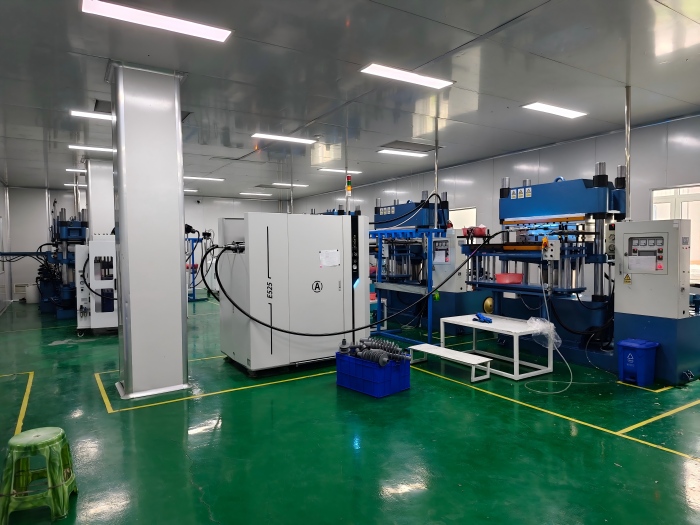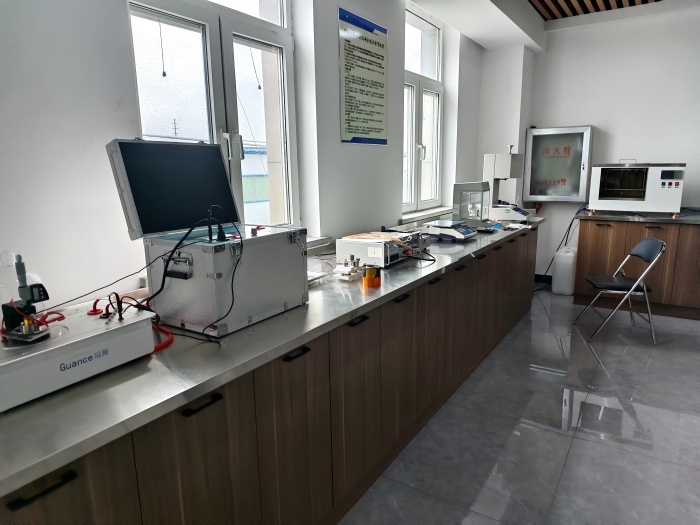
How Accelerated Aging Tests Predict the Future of Cable Accessories
2025-10-22 14:59When utility companies bury a high-voltage cable or install a termination in a substation, they are making an investment meant to last for decades-often 30 years or more. A critical question arises: how can we be confident that a cable accessory, fresh from the factory, will perform flawlessly for half a lifetime in harsh, unpredictable conditions? The answer lies in the fascinating science of accelerated aging tests, a rigorous process that acts as a time machine, simulating decades of wear and tear in a matter of months.

The Philosophy of "Simulating Life"
The core principle behind accelerated aging is straightforward: by exposing cable accessories to environmental stresses far more severe than they would encounter in service, we can force them to age at a dramatically faster rate. The "recipe" for aging is based on the Arrhenius equation for thermal aging and other established models for electrical and environmental stress. By carefully controlling and intensifying these factors, engineers can replicate the long-term effects of a 30-year service life within a controlled laboratory setting. A few weeks or months in a test chamber can thus represent a lifetime in the ground.
The Torture Chamber: Key Stresses in Accelerated Aging
A comprehensive testing regimen subjects accessories to a combination of punishing conditions:
Thermal Cycling: The accessory is repeatedly heated and cooled (e.g., from 90°C to ambient temperature) over thousands of cycles. This simulates daily load variations and seasonal temperature swings, testing the integrity of seals and the stability of materials as they expand and contract.
Electrical Endurance (Load Cycling): While undergoing thermal cycles, the accessory is simultaneously subjected to continuous high voltage and periodic high-current loads. This is the ultimate test of the interface between the accessory and the cable, as the differing thermal expansion rates of materials can create microscopic gaps, leading to partial discharge—the primary killer of high-voltage insulation.
Environmental Assault: Accessories are placed in environmental chambers that simulate real-world conditions:
1. Damp Heat: High humidity and temperature test the effectiveness of moisture seals.
2. Salt Fog: A corrosive mist assesses performance in coastal areas.
3. UV Exposure: For outdoor terminations, powerful UV lamps simulate years of sun exposure, checking for cracking or loss of hydrophobicity in polymer housings.

From Test Data to Real-World Confidence
The true value of these tests is not just in seeing if the accessory survives, but in how it fails and what we learn. After testing, the accessory is dissected and analyzed. Engineers look for signs of:
Tracking or Erosion on the insulation surface.
Thermal Degradation or hardening of elastic materials.
Corrosion of metal components.
Water Ingestion, which would indicate a failed seal.
The ultimate validation is a final partial discharge test and a power-frequency withstand test at the end of the aging sequence. If the accessory passes these tests with minimal discharge and no breakdown, it has successfully "proven" its 30-year design life.
Conclusion: Building Trust in an Unseen Future
Accelerated aging tests are more than just a mandatory checkmark for standards. They are a fundamental engineering practice that bridges the gap between the present and the distant future. By relentlessly challenging cable accessories in the laboratory, we gain the confidence to deploy them in the real world, securing the reliability of our power grids for generations to come. It is through this simulated destruction that we build a more durable and dependable electrical infrastructure.
